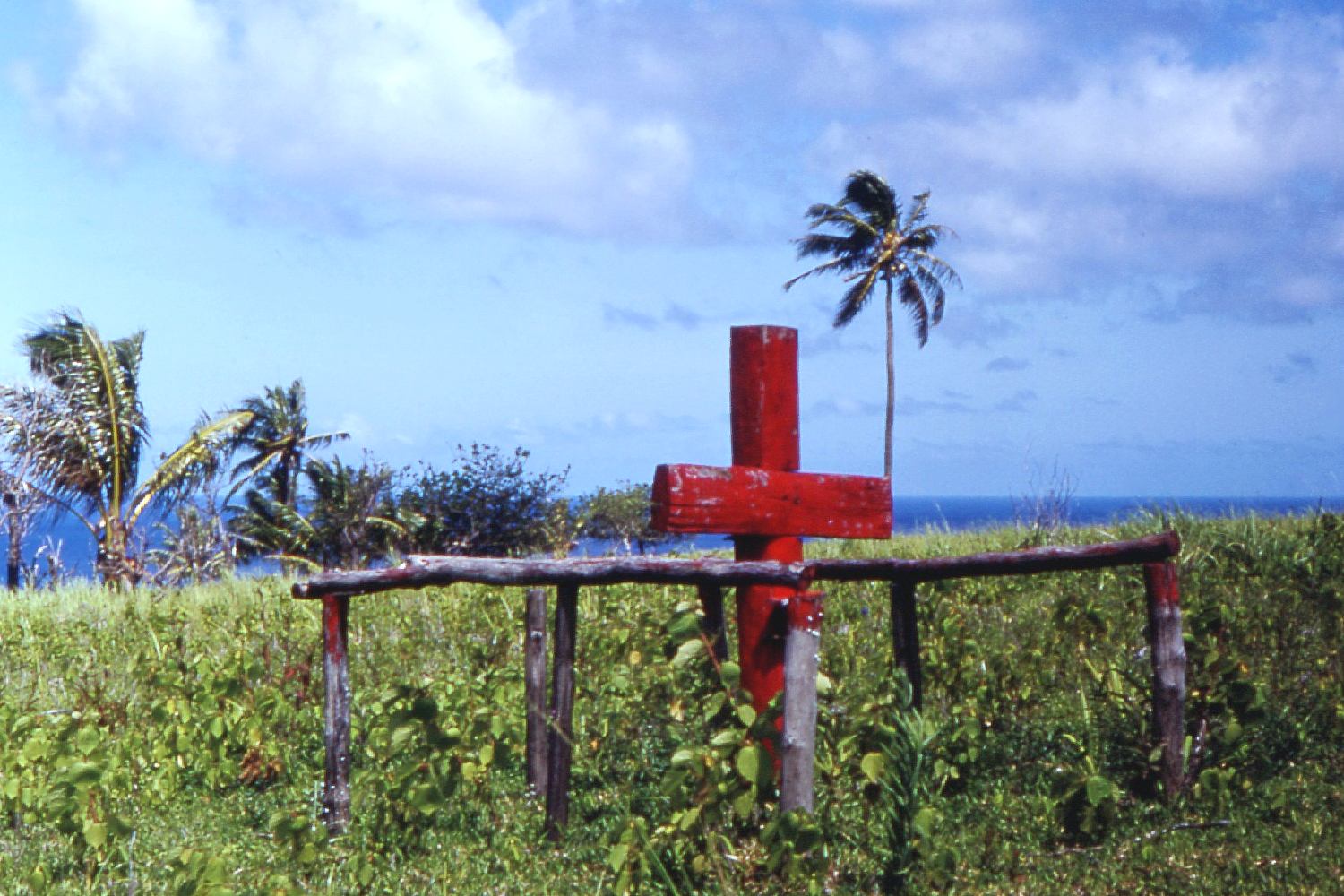HAUNTED MACHINES
ABOUT – LIBRARY – CONTACT – PRESSConditional Values (Panel 2020) – What if Our World is Their Heaven? (Workshop 2020) – Designing an Ecological Alexa (Workshop 2019) – Histories and Myths of the 21st Century Home (Panel 2019) – Deep Fakes or Rendering the Truth, IMPAKT (Panel 2018) – Deep Fakes or Rendering The Truth, Ars Electronica (Panel 2018) – IMPAKT 2017: Haunted Machines and Wicked Problems (Festival 2017) –

Silicon Cargo Cults — Natalie Kane – 2015
The worlds in which startup culture survive, along with those dictators of innovation, are encircled by chalk and salt, hiding the methods, the decisions, and the deliberations of those that control our technology. Like Latour's black box, we see the magicians enter, and the magic emerge, but not the spellcraft that took place. This protects them from what they will eventually summon, from the consequences of their actions, and the mythologies that arise in their place.
To look at these imaginings of innovation, we can turn to the concept of the cargo cult, those groups left in the wake of colonising societies that spring from the belief that rituals, spells or summonings will lead to the gift, and eventual abundance of material wealth and advanced technology. In this society, there is the original, the plane flying overhead, crafting mythologies of the world just out of reach, and with it the will to bring it home. In this form of sympathetic magic, these cargo cults make straw planes in the likeness of real ones, false airstrips from repurposed plots of land, attempting to will them into existence in symbolic form.
We see this in the rhetoric of innovation, where new areas of anticipated technological growth look at the image of the original, the sacred, and see an image of their own to emulate.
Settling in an area, those aspiring to be the 'Silicon Valley of X', or the 'Silicon Roundabout, or village, or swamp' is a form of sympathetic magic, and in recreating it, a Cargo cult appears. It is the equivalent of building a straw plane to bring real ones, but instead of a plane, they build the world around it, without any understanding of what will cause it to burn. The same, corrupted structures are replicated without any understanding of the fleshy, real world outside, because the original is sacred, and the original is the divine.
Earlier this year I went on a tour of London's Silicon Roundabout, and among the complex, mythologised storytelling of the area's history, the tour guide called upon Matt Biddulph's naming of the area, said to have been at a party at the opening of the startup Dopplr. In fact, this was a tweet sent over lunch, in sarcasm, which has found itself into the canon and eventual lore of the technological world as an artefact of a summoning.
So how do we corrupt this mythology? How do we dispell, and debunk the magic?